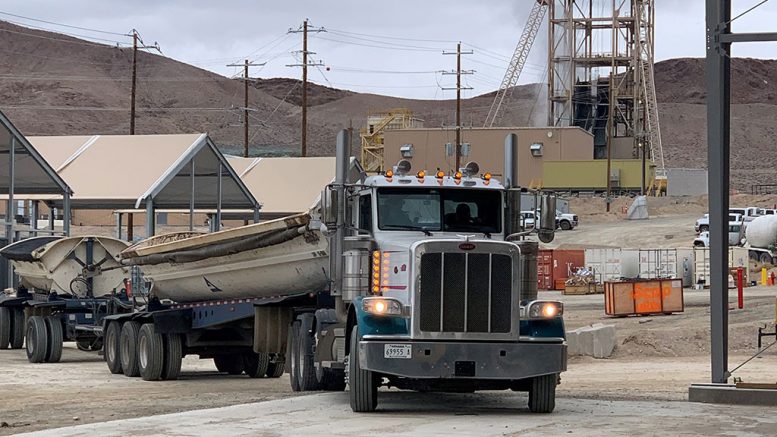S&P Global Ratings has cut its global GDP growth forecast for 2020 to 0.4%.
Earlier this month, it lowered its GDP growth forecast for China to 2.9% from its previous estimate of 5.0% in February, and predicted GDP in the U.S. will fall 1.3% this year and drop 2% in the Eurozone.
In the metals and mining space, S&P Market Intelligence believes the pandemic will lead to a 29% drop in exploration budgets this year, with the most significant impact felt in South Africa, Peru, Canada and Mexico.
Between the beginning of January and the end of March, the 3-month copper price on the London Metal Exchange fell by 22% to US$4,797 per tonne, it says, and it now forecasts copper will average US$5,850 per tonne for 2020, down from an earlier estimate of US$6,107 per tonne.
In terms of consumption, S&P has cut its 2020 global refined copper consumption forecast by 1.1 million tonnes to 23.6 million tonnes. “Most of the decline was a 755,000-tonne decrease to our demand outlook for China, the largest global consumer of refined copper, which was unable to get sufficient labour to manufacturing points,” S&P stated in a research note on April 8.
S&P has also trimmed its iron ore price forecast for the full year to US$79.70 per tonne, down from its earlier forecast of US$82.8 per tonne. During the first quarter, the iron ore price declined 10% to US$83.7 per dry metric tonne.
As for zinc, S&P forecasts consumption will drop by 2% in 2020 to 13.5 million tonnes, down from 13.7 million tonnes in 2019 and predicts the price will average US$2,065 per tonne for the year, above its US$1,894.75 per tonne price on March 31. (In the first quarter, the 3-month LME zinc price fell 19%.)
The higher price estimate for 2020 is due to two factors, it says: First, prices are likely to rebound in the last six months of the year as the global economy recovers from the COVID-19 pandemic, and secondly, due to “significantly reduced mine output.”
“We expect global mine production to fall by 2.8% to 13.4 million tonnes, as several zinc assets have reduced output, and there have been national and regional closures in key zinc-producing countries such as Peru, Canada and Mexico,” it stated. “Reduced mine output is now also more likely, as benchmark zinc treatment charges are reported to have been settled at a 12-year high of US$299.75 per tonne.”
For lead, prices fell 10% to US$1,712 per tonne during the first three months of the year. “The price is generally more stable because most lead production goes into lead-acid batteries for engines, which need to be replaced approximately every three years,” S&P explained. “Despite the pandemic, car and truck batteries still need to be replaced, so the hard base of battery replacement is shoring up lead demand.”
Nickel, however, is a different story. S&P forecasts primary nickel output will fall by 6.4% to 2.22 million tonnes this year, while global primary nickel demand will fall by 8.1% year-on-year to 2.21 million tonnes.
As a result, the global primary nickel market will move “from an estimated deficit of roughly 30,000 tonnes in 2019 to a small surplus of 11,000 tonnes in 2020, compared with our December expectations for the market to move to a wider deficit of 95,000 tonnes this year.”
S&P forecasts the average London Metal Exchange 3-month nickel price will fall by 13.8% year-on-year to US$12,036 per tonne in 2020. During the first quarter, nickel fell 20% to US$11,235 per tonne.
As for battery metal prices, a recent announcement in China that the government will extend its subsidies for new energy vehicles by two years until the end of 2022, did not help lift prices. During the first quarter, the 3-month LME cobalt price fell 8% to US$30,000 per tonne while the price for lithium carbonate (CIF Asia) was down 5% to US$8,750 per tonne.
“China’s NEV sales could see a 16% year-over-year decline, reaching 1.0 million units in 2020,” S&P says. “This assumes an average penetration rate of 4.3% seen since the subsidies were last reduced in July 2019, and a 9% decline in China’s overall vehicle sales in 2020.”


Be the first to comment on "S&P Global lowers GDP, metals price forecasts"